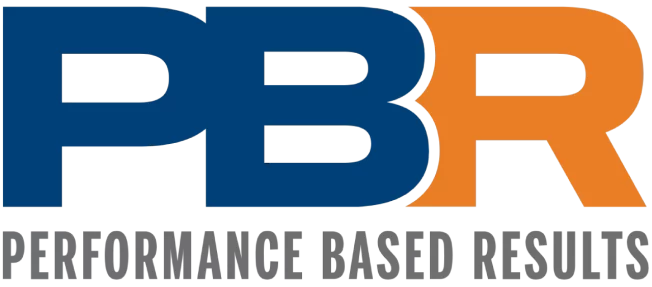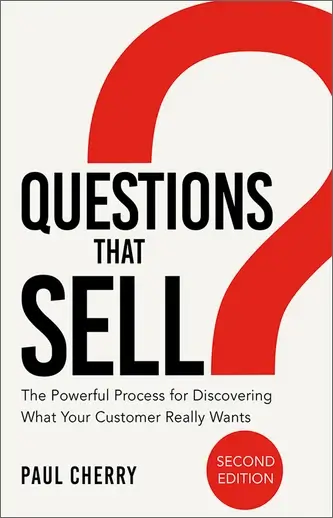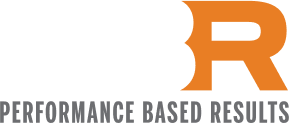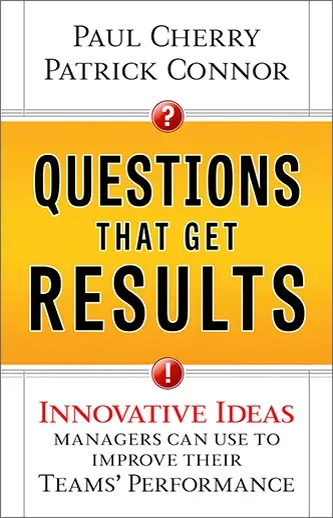You’ve scheduled your first meeting with a new prospective customer! You’re hoping for “beginner’s luck,” eager to make a stellar first impression — but what’s the best way to make that happen? Do you jump right into questioning if your prospect knows little if anything about you? How do you provide background on your company without falling into the trap of doing a sales pitch? You want to quickly build credibility and set the stage, otherwise your prospect may ask herself, “Why am I wasting my time with you?”
Do your research
Before the meeting, the Internet is a good place to start gathering business and social profiles on your prospect. Online business directories such as Hoover’s, Dun & Bradstreet, The Leadership Library, Reference USA, Datamonitor, Mergent, and Plunkett Research will help you understand the company’s ranking in its industry, its financial strength, its executives and their backgrounds, industry trends, competitors, and customer base. The more details you’re able to compile, the more personalized your questions can be.
Introductions and pleasantries
After you exchange brief pleasantries, make your transition with a remark such as “Before we get started, would it be helpful if I spend sixty seconds on exactly who we are and what we do?” Spend eight seconds explaining briefly what your company does, or highlight a specialty that’ll grab your prospect’s attention. Then introduce a recent client success story. Everybody relates to stories; they connect with a prospect’s emotions. Just make sure the story is relevant, specific, short, and results-oriented.
The purpose of your meeting
Prepare a sixty-second (or less) sound bite. Some call it the “elevator speech” because, as with an elevator ride, you have a fleeting window of opportunity to catch a prospect’s attention before she decides whether or not she wants to continue this discussion. But there’s so much info you want to convey—how do you condense it all into a sixty-second commercial that’ll leave your prospect eager to hear more?
Keep it succinct and to the point. A great sound bite speaks results in terms of dollars, percentages, or numbers. It should also strike an emotional chord, illustrating how to overcome adversity and/or achieve greater success. Studies show that 98% of prospects want one or the other.
Once you’ve finished your sound bite, it’s imperative not to give in to your urge to sell. Ironically, if you seem anxious to sell, your prospect will pick up on that and get defensive. Desperation is never attractive, even in business. You don’t want to sound like every other salesperson trying to shove a solution down the customer’s throat. You’ll be more successful at establishing a relationship if you shift the focus onto your customer and keep it on her, not you.
Warm-up questions
Asking about problems right off the bat is risky unless your prospect has volunteered the info beforehand. It’s tempting to ask your prospect questions about the weather, sports, hobbies, or a familiar object in her office. But these overused approaches only waste her time and yours; you can hear her foot tapping impatiently before you’re done saying, “Looks like rain today.” The best warm-up questions are open-ended, broad in scope, and focused on getting your prospect talking about herself—questions such as:
- “How long have you been with this organization? How has your job (or responsibilities) evolved since you started with the company?”
- “What would you say you like most about your work?” “Least?”
- “If your employees (team, co-workers, boss, etc.) were to describe this organization in five words or less, what words would come to mind?”
- Listen to the words given, then respond, “The word ____ is a good one; could you elaborate on that one?”
- “Why do your best customers enjoy doing business with you?”
Based on your prospect’s responses to warm-up questions, you will quickly be able to understand a lot about her interests, personality, beliefs, how she feels about where she works, and the company’s culture.
Listen and Learn
Write down the information your prospective client gives you.Capture any and all critical info before it evaporates from your brain. For example, listen for certain key words and the emotions behind them. After you jot down those words, it’s much easier to go back and get your prospect to elaborate.
Don’t assume
Remove any assumptions you have about your prospect and her problems. Jeff, a rep who sold high-tech equipment in a complex selling environment, had been on the job only six months when he closed the biggest deal in his company’s history. Asked about his secret to success, Jeff admitted that he hardly understood the product. How did he control the sales process? By asking lots of questions!
“Beginner’s luck,” you say? More likely, Jeff’s fresh perspective and lack of assumptions about his client, her problems, and the product actually worked in his favor. His curiosity compelled him to ask questions that experienced salespeople would have skipped because they assumed they already knew the answers.
Salespeople have strong egos—that’s what helps them survive the rigors of such a demanding profession. Keep in mind, though, that customers have strong egos, too, and they want to talk as much as you do! Get your customers talking, and you’ll learn the best way to meet their needs. That way, it will be the first of many meetings and the start of a great business partnership.






